|
I am happy to evaluate hooves for soundness and trimming advice
My hourly rate for this is $ 50.00, unless other agreements have been made.
I will only charge for the time it takes me to do the job. Proceeds will go to animal rescue.
Payment by check or online transfer to specified rescue organization.
To give the best possible assessment, you will need to do the following:
- Clean feet as well as possible - pick them out painstakingly, then wash
them or at least brush them well with a stiff brush so that one can see all
the structures clearly without any dirt to hide things.
- It may also help to
gently run the fine side of the rasp across the walls to show the position of
the heels and the white line more clearly.
- It's also a good idea to label the
feet, either on the foot itself, or with a paper marker that can be
photographed with each foot L=left, R=right, F=fore, H=hind. That way there’s
no getting them mixed up
- If you find that more detail shows up when they’re
wet, then damp them down as well.
- Find a flat spot with plenty of light, and as you take each photo try and
have the sun shining over your shoulder directly onto the foot rather than
using the flash (flashes can wipe out a lot of detail and leave big white
reflected areas on wet feet).
- In each photo the foot should fill a lot of
the view – when taking the side on shot get the pastern and fetlock joint in
as well though.
The main hoof shots to take are:
Foot on the ground:
1) Side of the foot - directly to the side (square on to the shoulder), with the camera ON THE GROUND,

2) Front of the foot - directly to the front, with the camera ON THE GROUND,

3) Heels of the foot - directly to the back, with the camera ON THE GROUND,
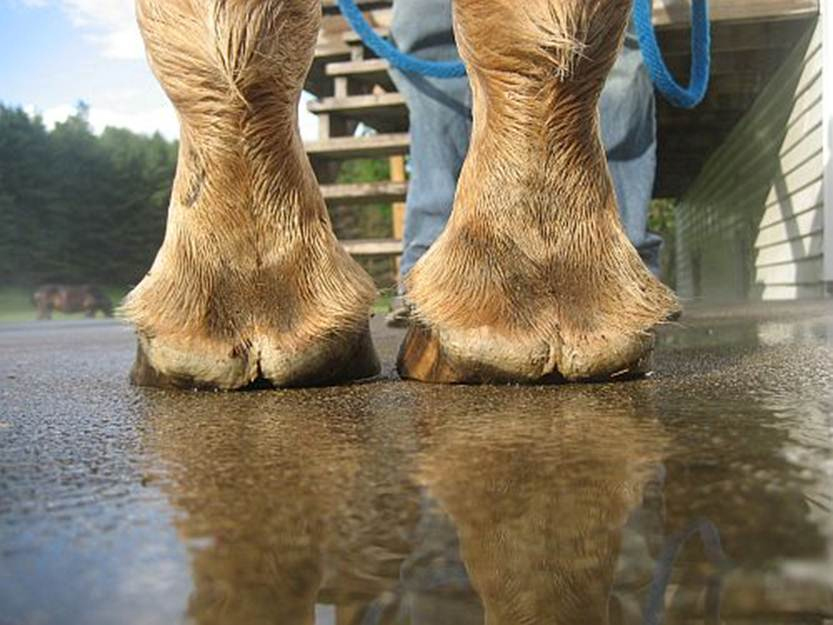
Foot in the air:
4) Sole of the foot - 'square on' to the foot, with the camera lens centred over a spot just behind the tip of the frog,
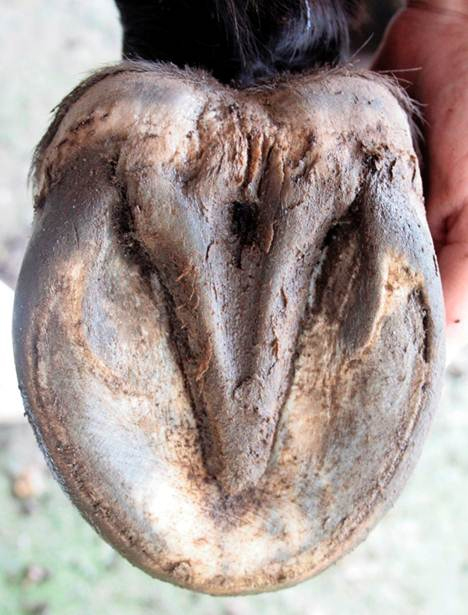
5) Miscellaneous shots, e.g. angled view of the sole, to show the concavity, best taken from the side, or any other close-up shots of areas you are concerned about.
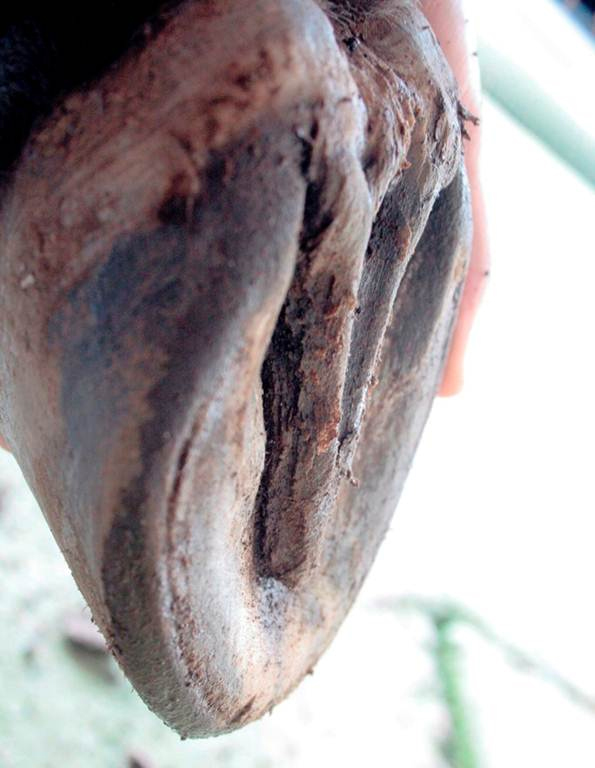

Body shots:
6) Full body shot of the horse standing relaxed in his 'normal' position (head up, not eating) both left and right sides
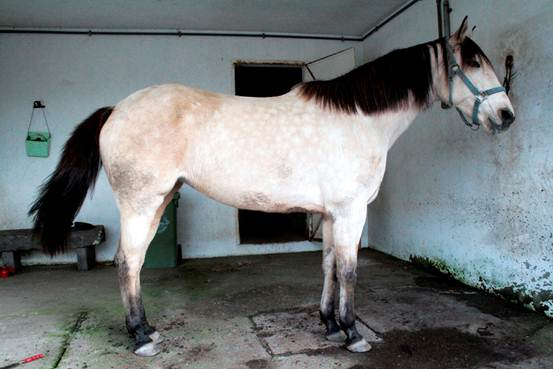
7) Directly in front
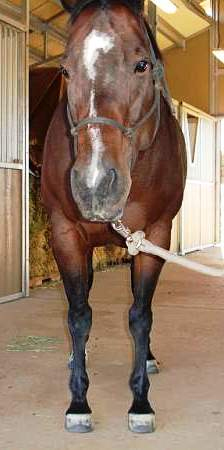 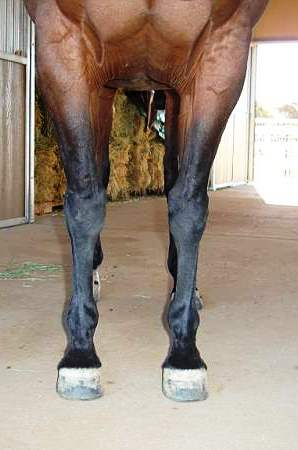
8) Directly behind
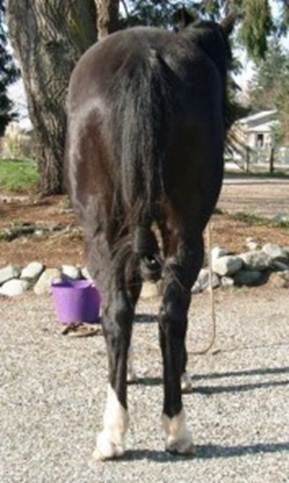 
Heike Bean
www.heikebean.com
www.heikebean.de
heikeb@fairpoint.net
|